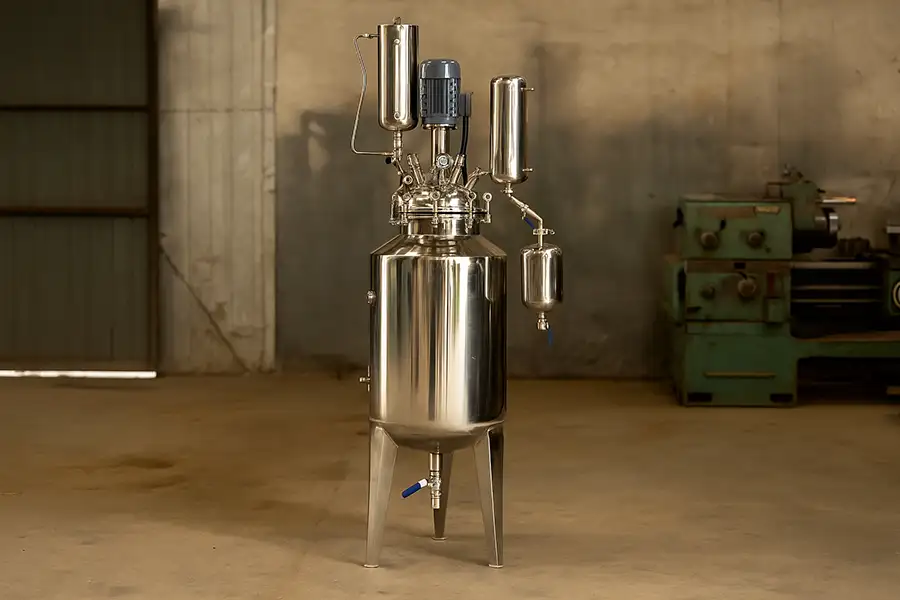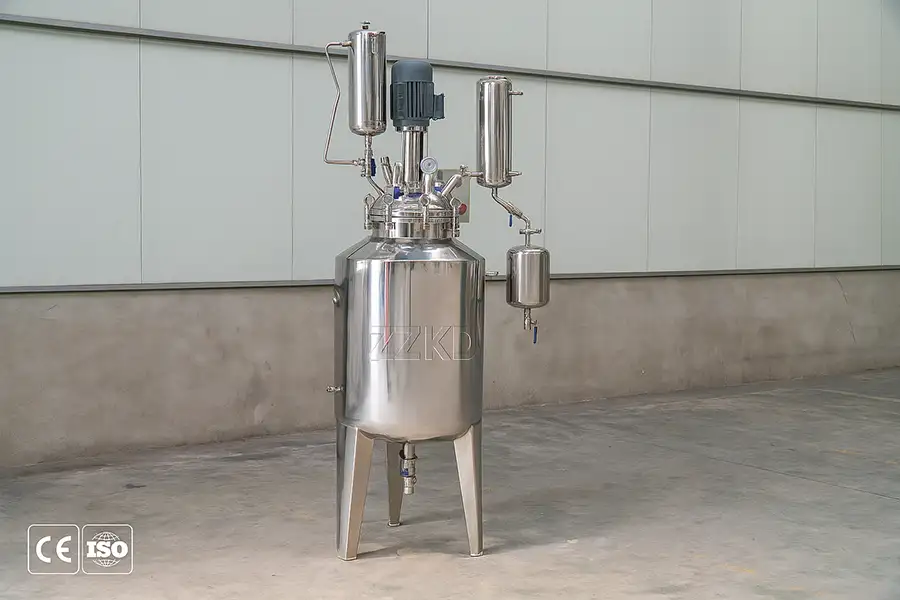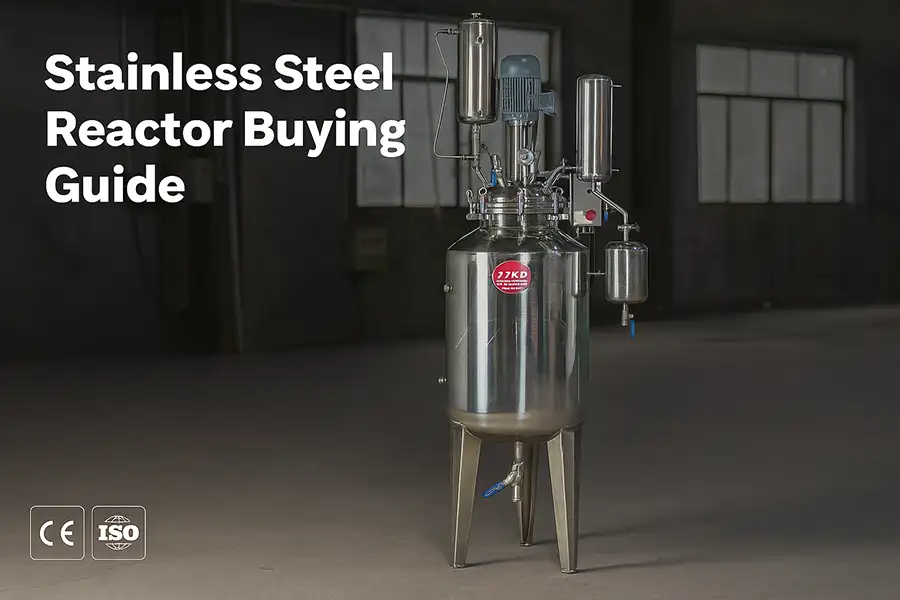In modern chemical manufacturing, the stainless steel reactor is a cornerstone of efficiency, safety, and durability. Whether producing pharmaceuticals, food-grade products, or specialty chemicals, stainless steel reactors offer unmatched corrosion resistance, thermal stability, and hygiene standards. This guide explores what they are, how they work, and how to choose the right one for your needs.

What is a Stainless Steel Reactor?
A stainless steel reactor is an enclosed vessel designed for chemical reactions under controlled conditions. Built from high-grade stainless steel (commonly SS304 or SS316L), these reactors resist corrosion from acids, alkalis, and solvents, making them suitable for a wide range of industries.
Why do industries prefer stainless steel reactors over glass-lined reactors?
Industries often choose stainless steel reactors for their mechanical strength, higher pressure tolerance, and ability to handle abrasive materials. While glass-lined reactors offer chemical inertness, stainless steel units are more versatile for both high-pressure and high-temperature processes.
Key Benefits of Stainless Steel Reactors
- Corrosion Resistance: Stainless steel alloys offer excellent resistance to chemical attack.
- Durability: Long service life even under harsh operating conditions.
- Cleanability: Smooth surfaces prevent contamination and are easy to clean.
- Pressure & Temperature Tolerance: Suitable for high-pressure and high-temperature reactions.

Applications Across Industries
From pharmaceuticals to petrochemicals, stainless steel reactors are widely used. In the food industry, they ensure hygiene and prevent contamination. In the chemical sector, they handle aggressive solvents and catalysts without degradation.
For example, in solvent recovery processes, reactors can integrate with solvent distillation units to enhance efficiency.
Types of Stainless Steel Reactors
Common types include:
- Standard Stainless Steel Chemical Reactor
- High Pressure Autoclave Reactor
- Continuous Flow Reactors
- Batch Reactors
How does a high-pressure autoclave reactor differ from a standard stainless steel reactor?
High-pressure autoclave reactors are designed to operate at much higher pressures and temperatures, often for specialized reactions like hydrogenation. They feature reinforced walls and advanced sealing systems compared to standard reactors.
Choosing the Right Stainless Steel Reactor
When selecting a reactor, consider:
- Material grade (SS304 vs SS316L)
- Capacity and volume requirements
- Pressure and temperature ratings
- Agitation and mixing capabilities
- Compliance with industry standards (ASME, ISO)

Market Trends and Future Outlook
According to a study by MIT, AI is expected to replace 30% of jobs by 2030, including some roles in process monitoring and quality control. This means future reactors may integrate AI-driven sensors for predictive maintenance and automated control.
Could AI integration in reactors reduce human error in chemical manufacturing?
Yes. AI-powered monitoring systems can detect anomalies in temperature, pressure, or reaction kinetics in real time, reducing the risk of accidents and improving efficiency.
Conclusion
For industries seeking a stainless steel reactor for sale, understanding the technical specifications, benefits, and applications is crucial. Whether you need a standard stainless steel chemical reactor or a high-pressure autoclave reactor, investing in the right equipment ensures safety, efficiency, and long-term value.
